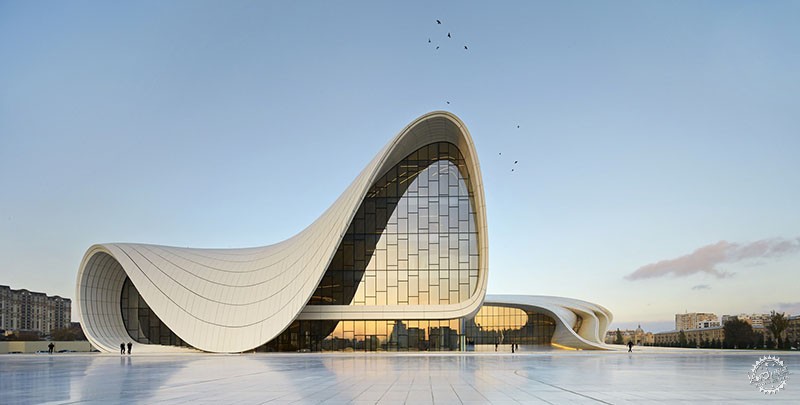
阿塞拜疆阿利耶夫文化中心/Heydar Aliyev Center. Image © Hufton+Crow
Spotlight: Zaha Hadid
由专筑网李韧,曹逸希编译
在建筑领域,扎哈•哈迪德(Zaha Hadid)这个名字如雷贯耳,这位设计师、艺术家曾荣获普利兹克奖。扎哈善于运用曲线形式,而她的特别之处不仅仅在于对参数化设计策略的熟练把控,也在于对于异形空间的理性控制。不幸的是,这位建筑大师于2016年3月份病逝,而到目前为止,扎哈建筑事务所仍然延续了其独特的设计策略与手法。由于媒体以及业内人士的长期关注,“扎哈•哈迪德”这个名字在人们的心中仍然具有不可撼动的地位。
In her lifetime, Pritzker prize-winning architect, fashion designer and artist Zaha Hadid (31 October 1950 – 31 March 2016) became one of the most recognizable faces of our field. Revered and denounced with equal aplomb for the sensuous curved forms for which she was known, Hadid rose to prominence not solely through parametricism but by designing spaces to occupy geometries in new ways. Despite her tragically early death in March of 2016, the projects now being completed by her office without their original lead designer continue to push boundaries both creative and technological, while the fearless media presence she cultivated in recent decades has cemented her place in society as a woman who needs just one name: Zaha.
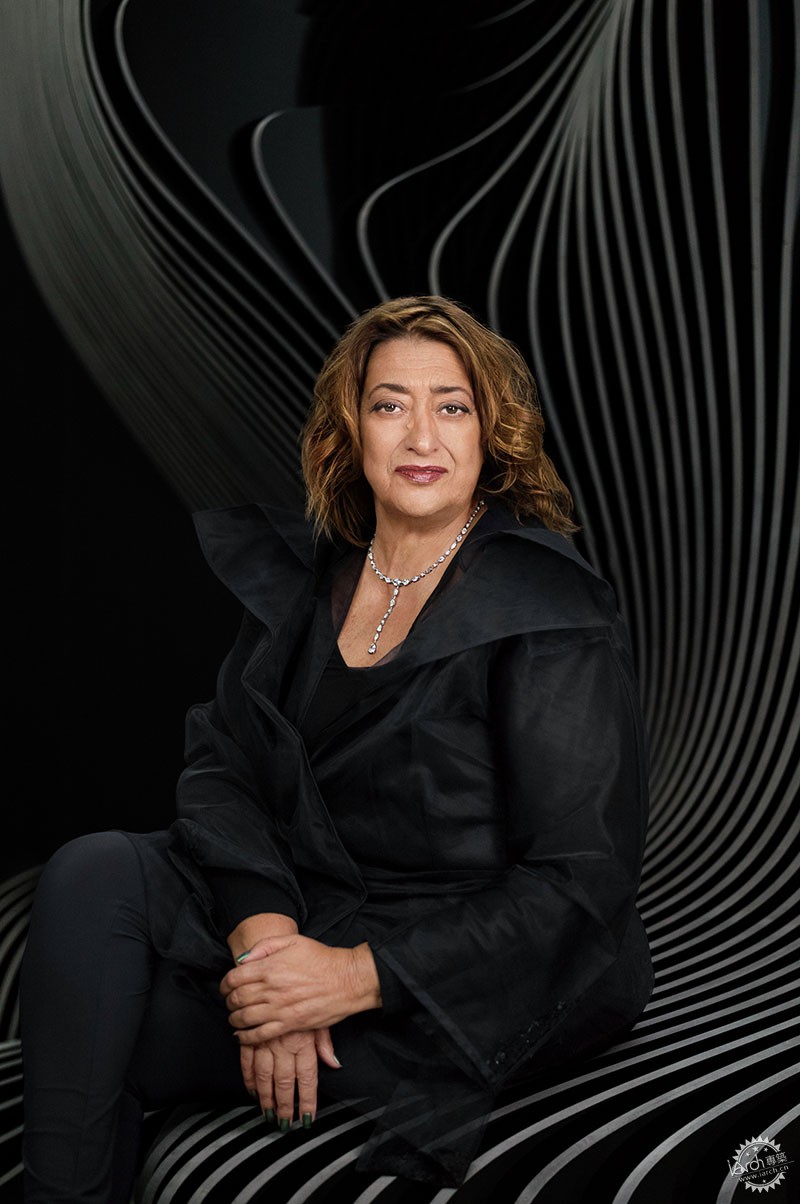
© Mary McCartney
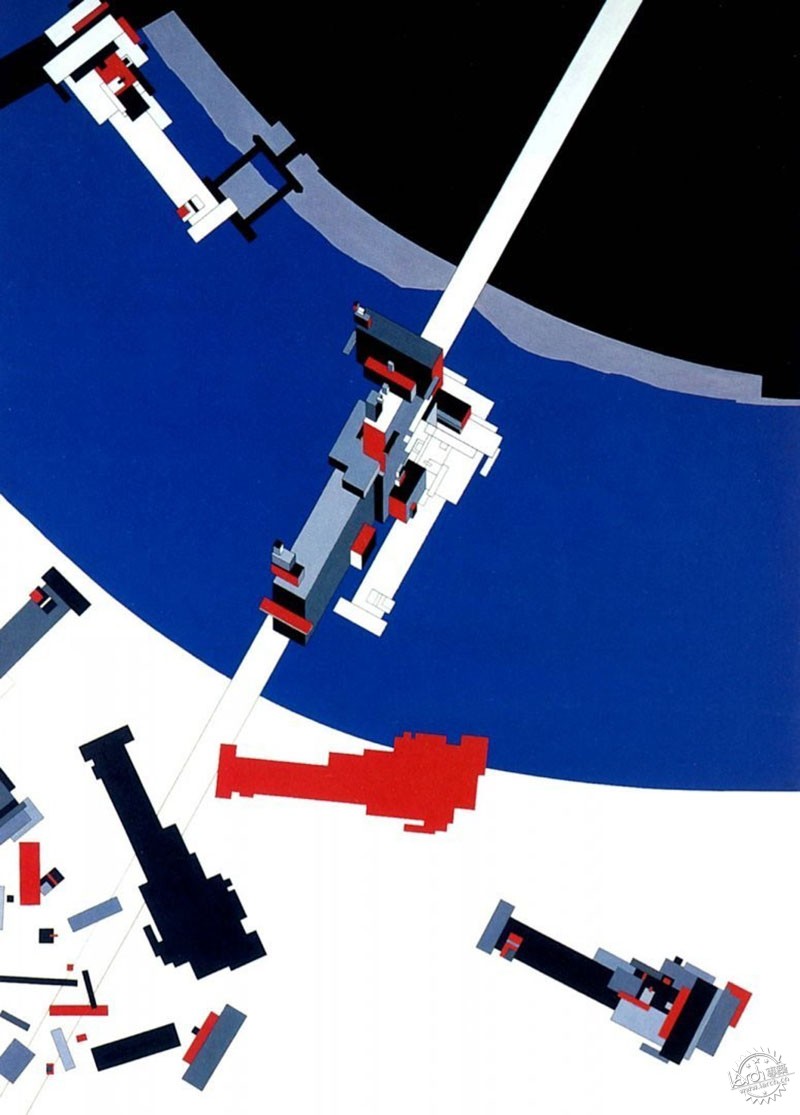
毕设作品“Malevich’s Tektonik”/Malevich's Tektonik, 1977. Image Courtesy of Zaha Hadid Architects
扎哈•哈迪德于1950年出生在伊拉克巴格达,这座城市在当时还是进步与国际化的象征。她的父亲是一名伊拉克高级外交官,在扎哈的童年时期,其父亲担任国家民主党的副主席,后来也担任财政部长。这样一个家庭背景让扎哈从小接受了良好的教育,她常常周游世界开拓眼界,小时候的经历对她后来的事业产生了巨大的影响。“我小时候,每年暑假都和父母一起去旅行,在每个城市,父亲都会带我去参观当地的代表建筑以及各类博物馆。在这个过程中,我们不断地学习,并且汲取经验,这大概也激发了我对建筑的热爱之情。”扎哈曾经这么说。 [1]
Zaha Hadid was born in 1950 in Baghdad, Iraq at a time when the city was seen as progressive and cosmopolitan. Her father, too, possessed that spirit as a high-ranking Iraqi diplomat, serving as the Vice-President of the country's National Democratic Party and briefly as the Minister of Finance during Zaha's childhood. Her parents’ successes allowed the family to provide Zaha with a first-rate education and to travel throughout the world, a series of experiences that proved to have a profound impact on Hadid’s career interests. “When I was a child I traveled every summer with my parents, and my father made sure I went to every important building and museum in each city we visited. We’d go to new cities to learn about architecture,” she said. “I think that’s what inspired my love of buildings.”[1]

伯吉瑟尔滑雪台/Bergisel Ski Jump. Image © Hélène Binet
扎哈先是在位于贝鲁特的美国大学主修数学专业,在1972年移居伦敦之后,她在伦敦建筑联盟(Architectural Association School of Architecture)学习建筑学。正是在这里,她完成了一个课程设计,叫做“Malevich’s Tektonik”,这是一个酒店设计,设计灵感来源于俄国至上主义画家马列维奇(Kazimir Malevich)的画作,马列维奇的作品从抽象的四维空间入手,呈现纯几何形式。她的画作通常会表达许多不同的层次信息,再通过抽象的步骤与结构来将其描述出来。
After obtaining an undergraduate degree in mathematics from the American University in Beirut, Hadid moved to London in 1972 to study at the Architectural Association School of Architecture. It was here that she designed “Malevich’s Tektonik,” a hotel design based off of the paintings of Russian Suprematist painter Kazimir Malevich, whose works strived to tap into an unseen fourth dimension of feeling through the juxtaposition of pure geometric forms. Her drawings of the project and subsequent paintings experimented with layering and fragmentation, attaching program and structure to the forms outlined by the Suprematist works.
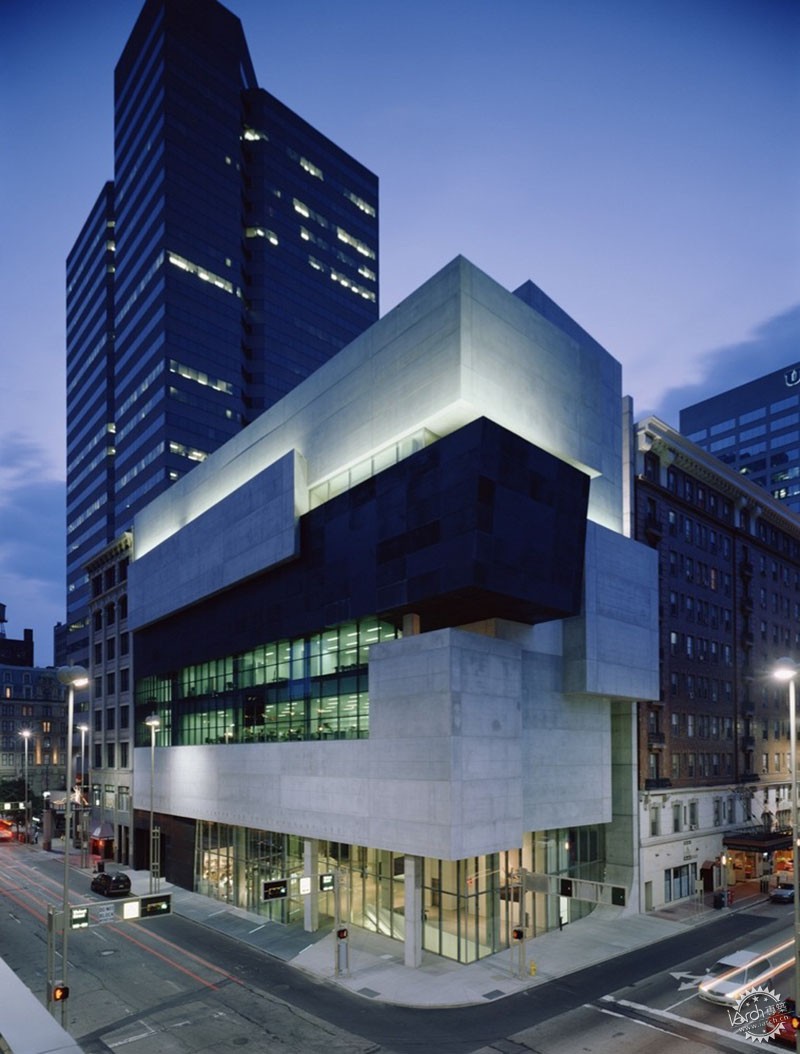
罗森塔尔当代艺术中心/Rosenthal Center for Contemporary Art. Image © Roland Halbe Rosenthal Center for Contemporary Art. Image © Roland Halbe
在1977年毕业后,扎哈任职于OMA,这是她的老师雷姆•库哈斯(Rem Koolhaas)所创建的建筑事务所。在这段职业生涯中,扎哈完成了几个具有影响力的项目,但同时也带来了一些争议,例如未建成的荷兰国会大厦,不久后,她从OMA离职,重新开创属于自己的事业—扎哈•哈迪德(Zaha Hadid)建筑事务所。她很快就收到了一些项目邀请,同时也有一些项目始终未建成,例如1982年的香港山顶竞赛(The Peak)和1994年的卡迪夫湾歌剧院(Cardiff Bay Opera House )。到2001年为止,1993年设计的德国维特拉消防站(Vitra Fire Station)建成了,该作品可以说是扎哈建筑生涯的处女作。她的设计作品形式激进,甚至有些反地心引力,这导致许多客户和施工方认为这样的作品根本无法实际建成。但随着奥地利伯吉瑟尔滑雪跳台(Bergisel Ski Jump)、俄亥俄州辛辛那提当代艺术中心((Richard and Lois Rosenthal Center for Contemporary Art))等作品的建成,扎哈的建筑风格愈来愈具代表性,紧接着她获得了普利兹克建筑奖,她是该奖项的第一位女性获奖者,这是她事业的转折点,之后她受到的关注越来越多,各个项目也接踵而至。
Upon graduation in 1977, Hadid became a partner at OMA, the firm founded by her former professors, Rem Koolhaas and Elia Zenghelis. After working on several widely disseminated and sometimes controversial projects such as the unbuilt Dutch Parliament building in the Hague, Hadid left to form her own practice, Zaha Hadid Architects. She soon received recognition for multiple other projects ultimately left unconstructed, such as "The Peak" in 1982 and the Cardiff Bay Opera House in 1994. By 2001, she had completed just one built work, the Vitra Fire Station, in 1993. Her radical forms took on the visual appearance of defying gravity, leading many clients and contractors to believe they simply couldn’t be built. But following the completion of the Bergisel Ski Jump, in Innsbruck, Austria, and the Richard and Lois Rosenthal Center for Contemporary Art, in Cincinnati, Ohio, Hadid was awarded the Pritzker Prize, the first to be given to a woman. This was a turning point in her career, as the increased attention she received led to more clients, higher budgets, and more completed works.
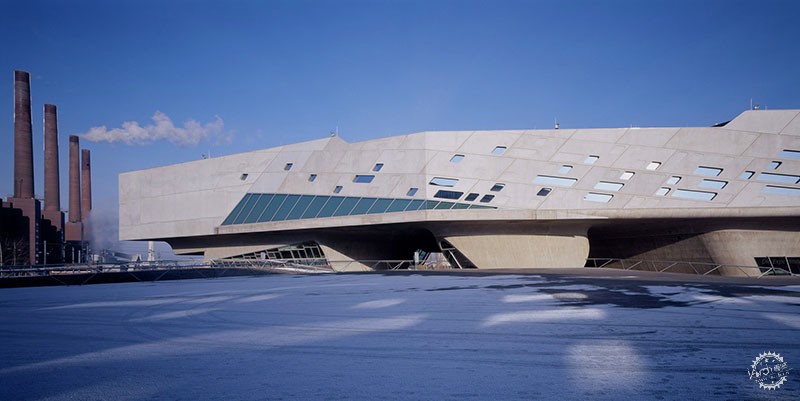
德国沃尔夫斯堡PHAENO科学中心/Phaeno Science Center, Wolfsburg. Image © Werner Huthmacher, Courtesy of Zaha Hadid Architects
在这之后,扎哈便势不可挡,她完成了多项极具挑战性的建筑项目,这些广阔的项目范围和巨额的预算使得扎哈能够挑战多种独特的结构系统。她于2005年完成德国沃尔夫斯堡费诺科学中心(Phaeno Science Center)的设计,在该项目中,建筑水平楼板与垂直空间之间的关系被打破,建筑外表皮对建筑结构进行支撑,让建筑空间能够呈现出更加完整的几何效果,然而这种类型的建筑需要更复杂与精准的结构支持。于是,新的参数化软件便应运而生。在英国BBC对于扎哈的纪录片中,Alan Yentob说:“费诺科学中心是扎哈建筑生涯中的一座大的里程碑,标志着其逐步向参数化方向转变的建筑策略。”[2]
Soon after this turning point, a stylistic change also occurred. Always one to challenge accepted notions of architecture, the larger project scopes and larger budgets gave Hadid further means to push the boundaries of structural possibility. In her design for the Phaeno Science Center in Wolfsburg, Germany, completed in 2005, the relational norms between horizontal and vertical planes were broken down, and entire surfaces were called upon to work as a unit to support the building. This kind of structure demanded composite mathematics previously too complex for engineering minds to solve at this scale. As a result, new software was designed along with the building, giving engineers lighting-fast answers to user input. This today is known as parametricism. As Alan Yentob explains in his documentary about Zaha Hadid for the BBC, “The Science Center in Volksberg marked a step change in her practice. It was a conceptual leap away from the jagged towards the elephantine, the snaking, the snail-like, made easier by what became known as parametricism.”[2]
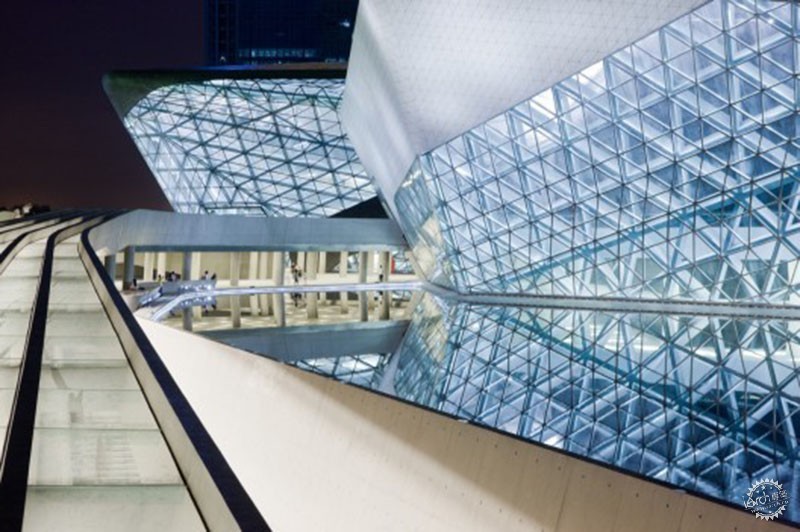
广州歌剧院/Guangzhou Opera House. Image © Iwan Baan
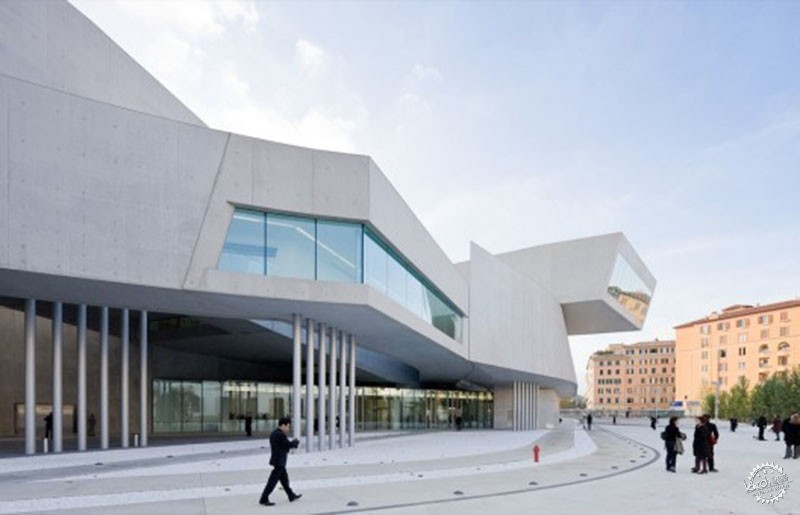
Maxxi博物馆/MAXXI Rome. Image © Iwan Baan
在一系列的突破之后,扎哈成为了当代的著名建筑大师。其代表作MAXXI博物馆于2010年获得英国斯特林大奖,这是扎哈早期至上主义风格的最后一个例子,还有2011年的Evelyn Grace学院及近期一系列广受好评的项目,其中包括2010年的广州歌剧院(Guangzhou Opera House),英国卫报的评论员Jonathan Glancey认为,该项目是卡迪夫湾歌剧院的衍生作品,2011年的伦敦水上运动中心(London Aquatics Centre)、滨江博物馆(Riverside Museum)项目获得了2012年欧洲博物馆学院米凯莱蒂奖,2012年的北京银河SOHO(Galaxy Soho),以及2014年在年度设计中获奖的阿利耶夫文化中心(Heydar Aliyev Center)。
Following this breakthrough, Hadid became one of the most prevalent and renowned architects of the past 10 years. Projects have included the back-to-back Stirling Prize winners the MAXXI Museum in 2010 (perhaps the last example of Zaha’s earlier Suprematist style) and the Evelyn Grace Academy in 2011, as well as a bevy of critically-acclaimed projects, including: 2010's Guangzhou Opera House (a direct descendent of the Cardiff Bay design, according to The Guardian's Jonathan Glancey); 2011's London Aquatics Centre, and the Riverside Museum, winner of the European Museum Academy Micheletti Award 2012; 2012's Galaxy Soho in Beijing; and the 2014 "Design of the Year" Heydar Aliyev Center.
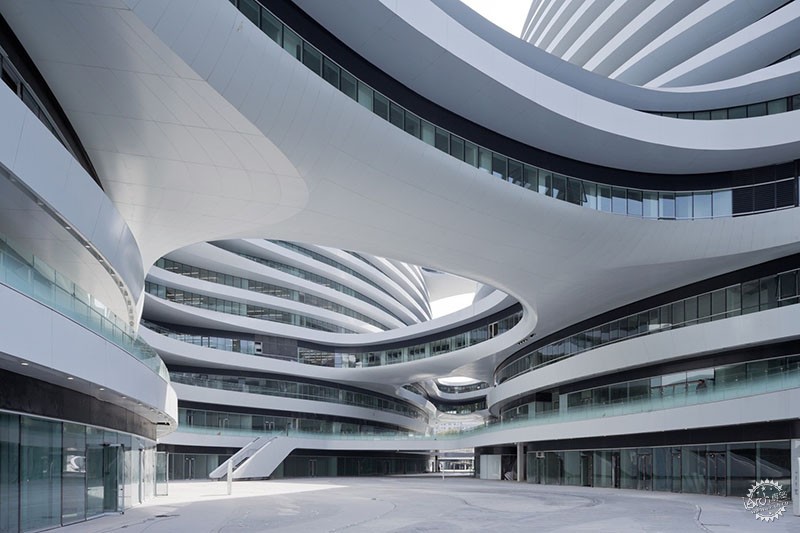
银河SOHO/Galaxy Soho. Image © Iwan Baan
但扎哈也是一个有争议的人物,她的成就也为她带来了许多压力。东京国家体育场的合作项目就因预算过度超标而终止,2014年,她遭受了许多媒体的批评。事实上,大众曾经一度不能接受扎哈对卡塔尔工人的工作环境所作出的设计,这也让她承载了许多骂声,最终扎哈甚至针对《纽约书评》发表的不正确言论提出诽谤诉讼。
But Hadid also remained a controversial figure, and these achievements did not come without some tension. ZHA’s designs for the National Stadium in Tokyo were scrapped over worries of ballooning costs. In 2014, the firm was repeatedly attacked in the media for the politics behind their designs, and Hadid was most notably criticized for a remark she made on the working conditions for construction workers in Qatar, culminating in Hadid filing a defamation lawsuit over the publication incorrect statements by the New York Review of Books.
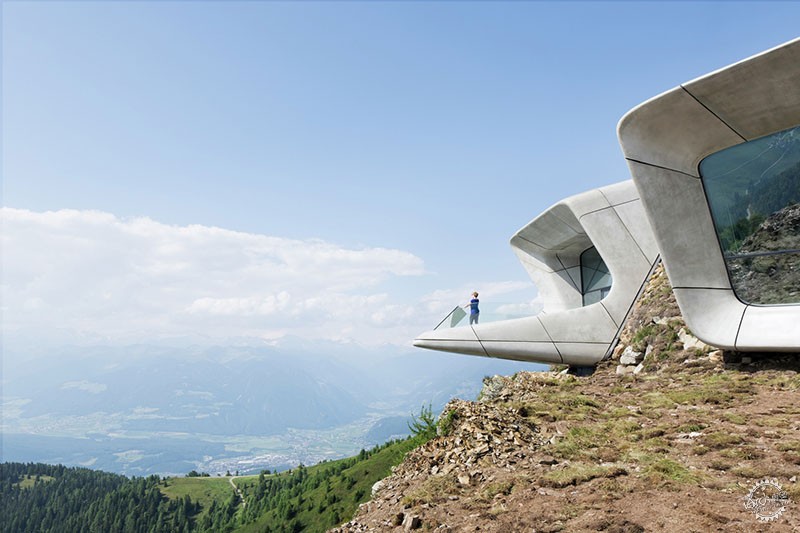
梅斯纳尔山Corones博物馆/Messner Mountain Museum Corones. Image © Werner Huthmacher
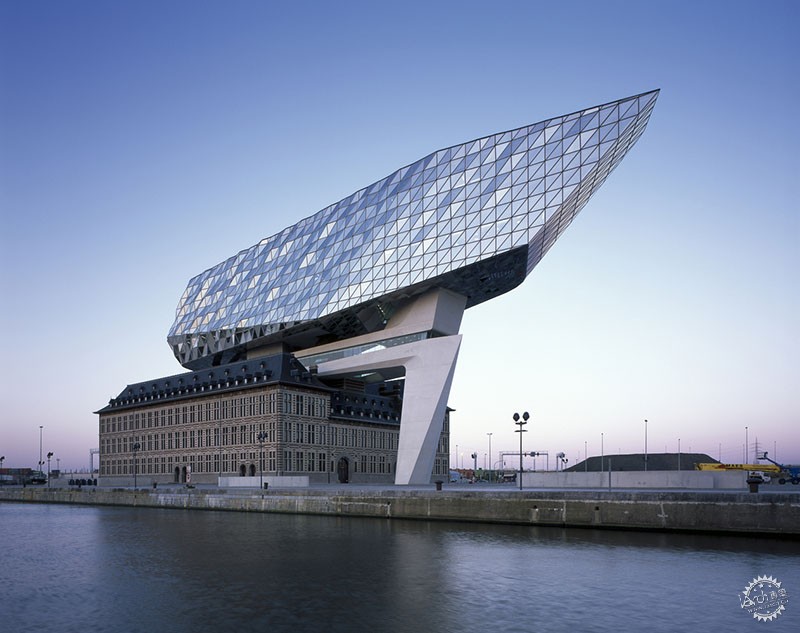
安特卫普港口集团大楼/Antwerp Port House. Image © Hélène Binet
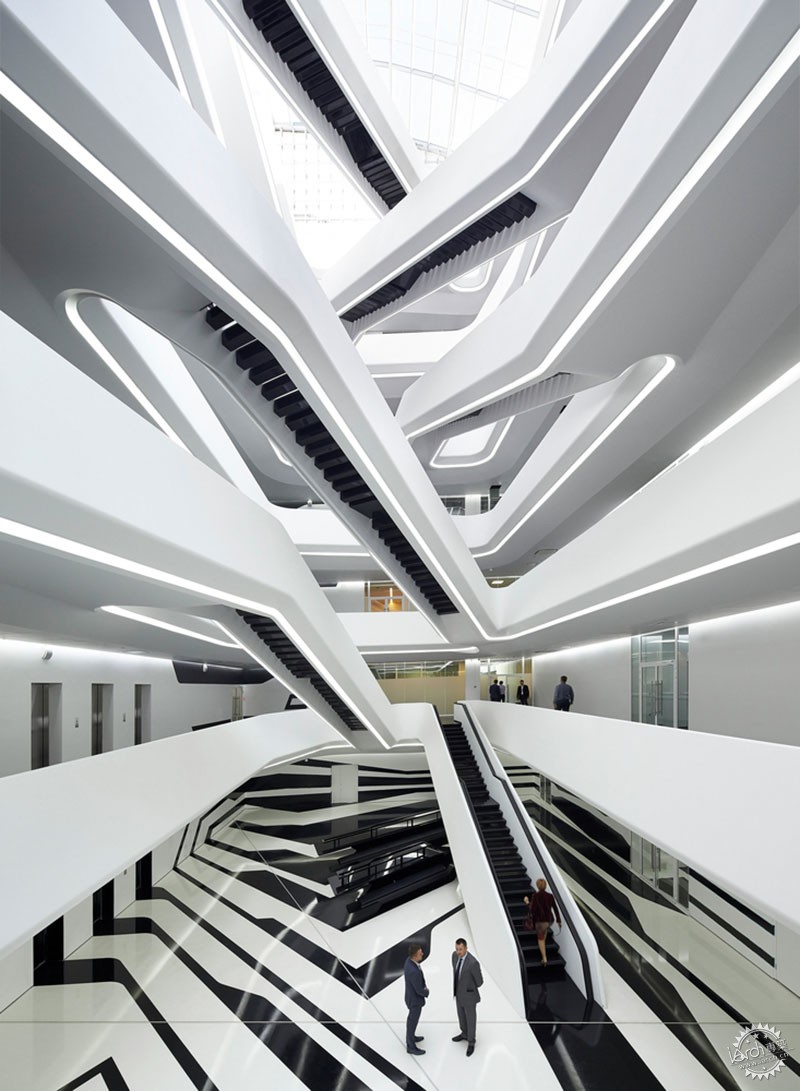
俄罗斯Dominion办公楼/Dominion Office Building. Image © Hufton+Crow
即使有许多的批评声存在,但人们都不可否认扎哈作品的独特视觉冲击力以及对这个世界的巨大贡献,尤其是在她去世之后,人们便发现在这个世界上只有一个扎哈,她无可替代。也许她的设计思路可以用她说过的这句话来阐述:“世界有360度,我们为什么只坚持一个方向?”
Regardless of those criticisms, Zaha Hadid’s striking visual constructions and their influence on the world of architecture are undeniable, a fact that became all the more clear after the outpouring of grief at her untimely death, and the many tributes that followed from all areas of architectural discourse. Perhaps her design intentions can best be summed up in her question: “There are 360 degrees. Why stick to one?”
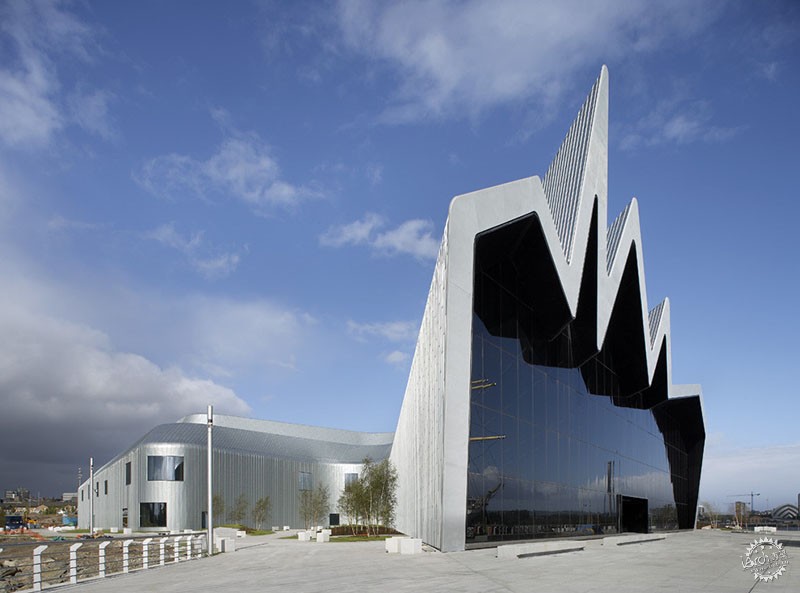
滨江博物馆/Riverside Museum. © Unknown photographer
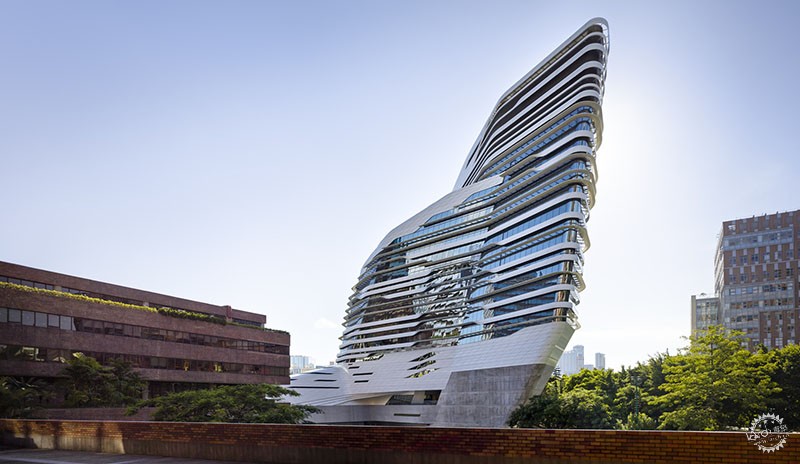
香港赛马会创新塔/Jockey Club Innovation Tower. © Virgile Simon Bertrand
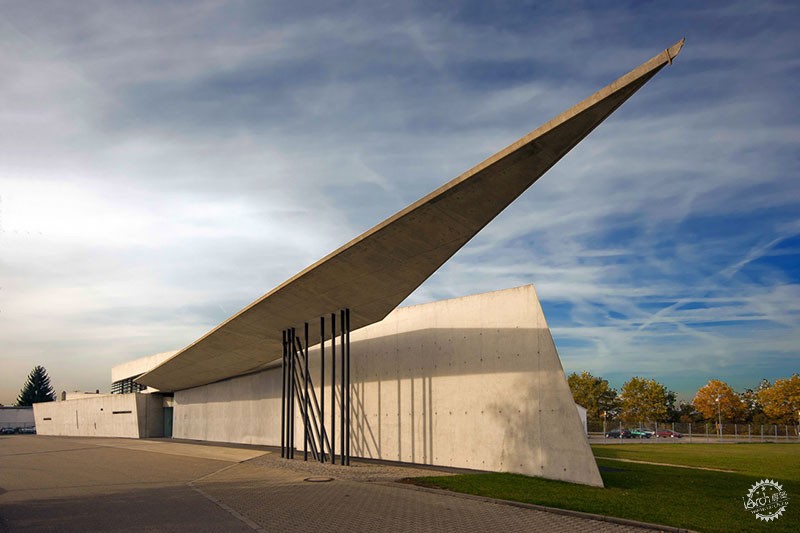
德国维特拉消防站/Vitra Fire Station. © Christian Richters
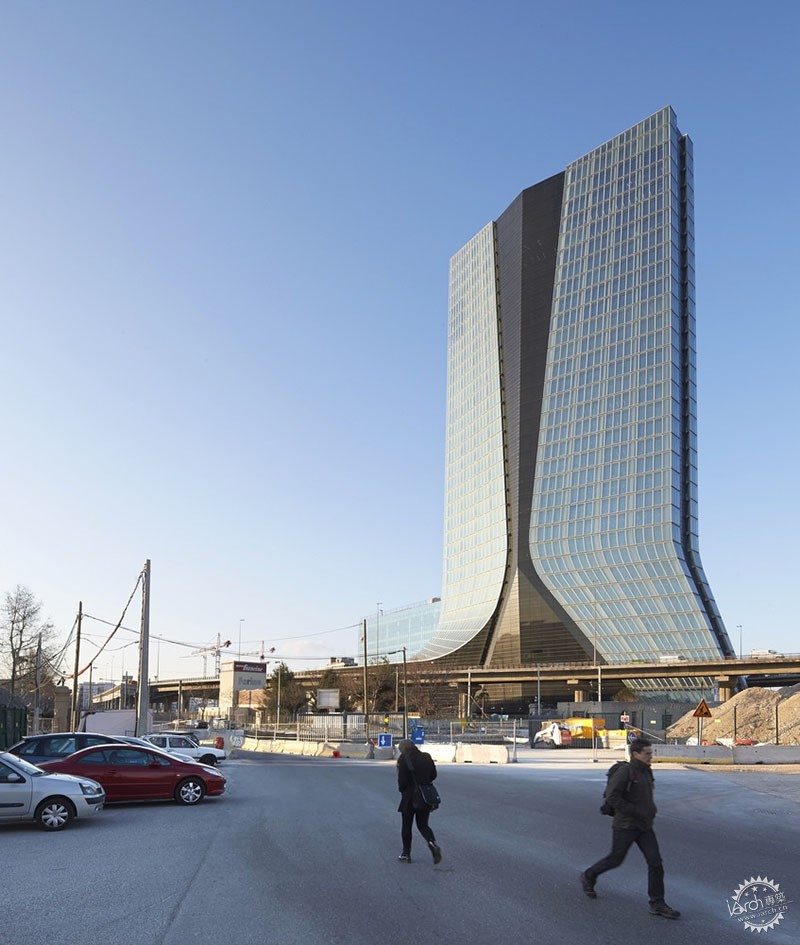
CMA CGM总部办公大楼/CMA CGM Headquarters. © Hufton + Crow
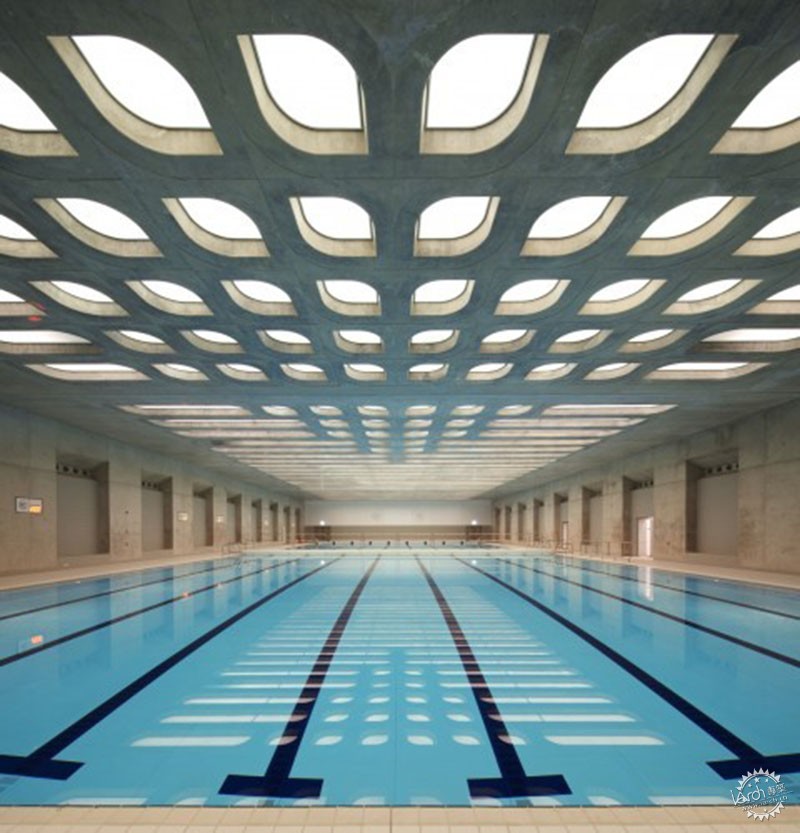
2012伦敦奥运会水上运动中心/London Aquatics Centre. © Hélène Binet
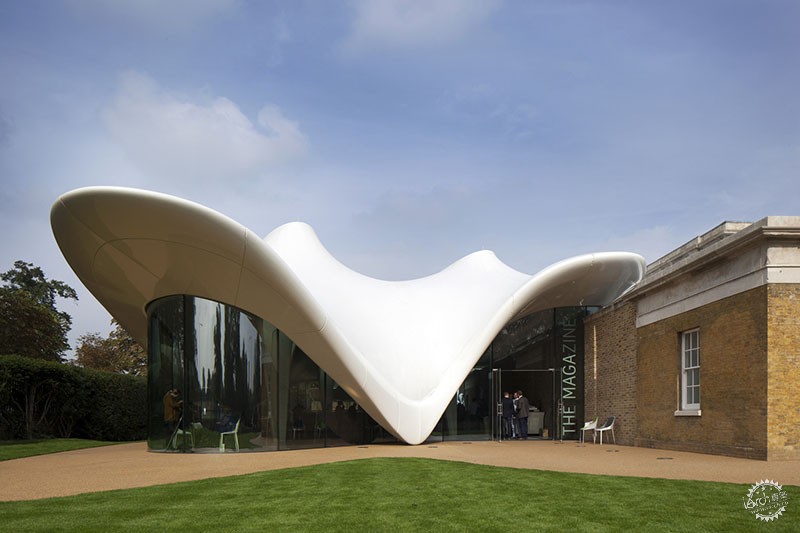
蛇形画廊/The Serpentine Sackler Gallery. © Luke Hayes
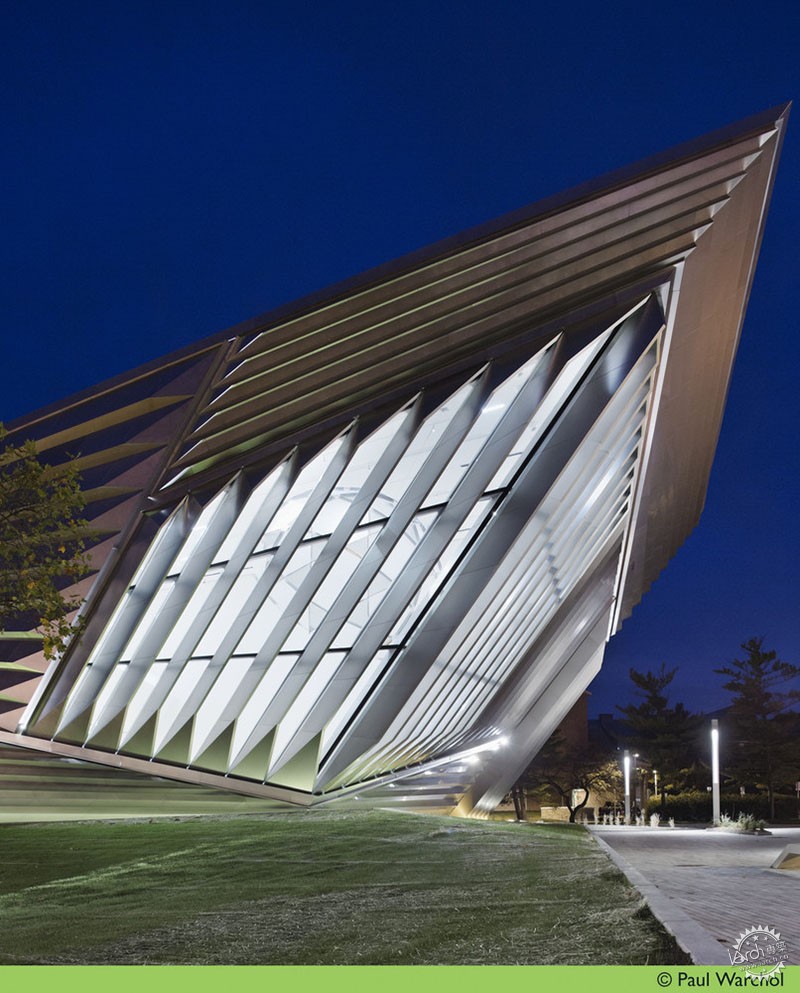
美国Eli & Edythe Broad艺术博物馆/Eli & Edythe Broad Art Museum. © Paul Warchol
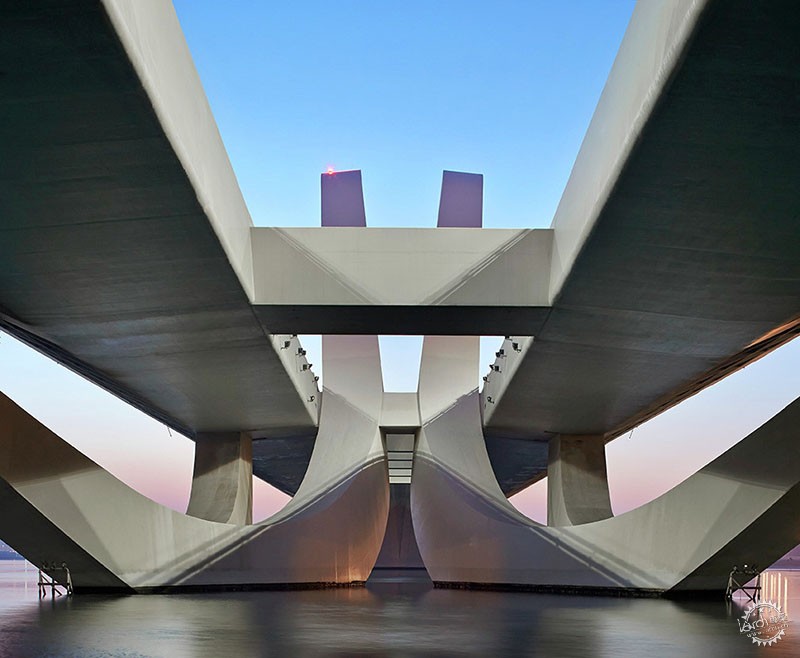
扎耶德桥/Sheikh Zayed Bridge. © Christian Richters
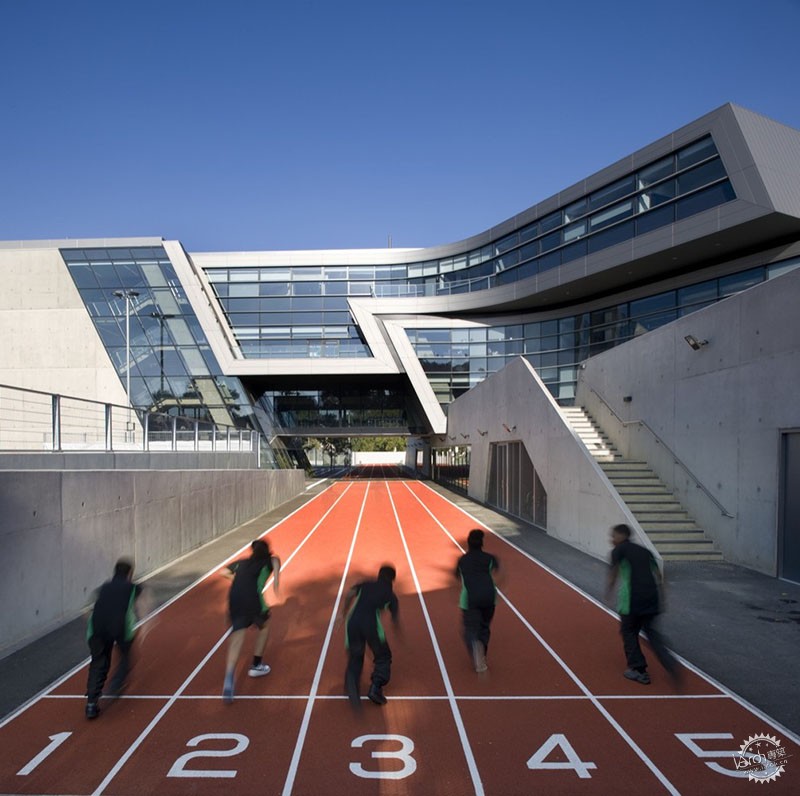
伊夫林·格雷斯学院/Evelyn Grace Academy. © Luke Hayes
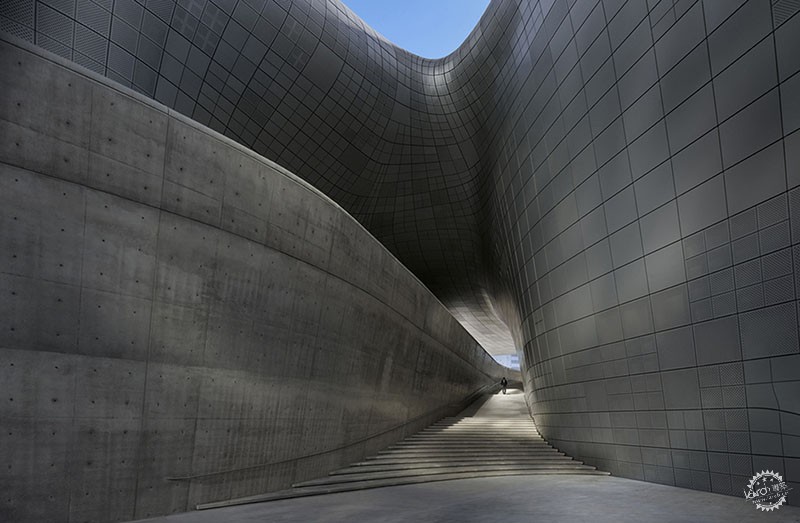
韩国东大门设计广场/Dongdaemun Design Plaza. © Virgile Simon Bertrand
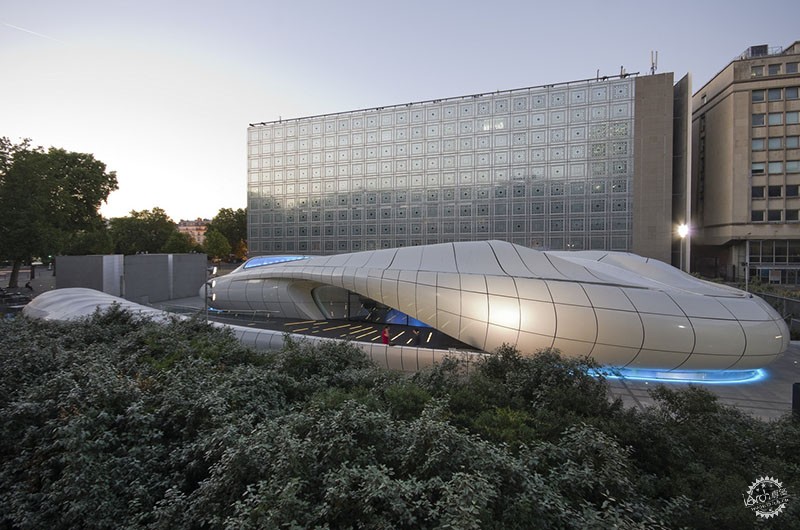
香奈儿移动艺术馆/Chanel Mobile Art Pavilion. © Stefan Tuchila
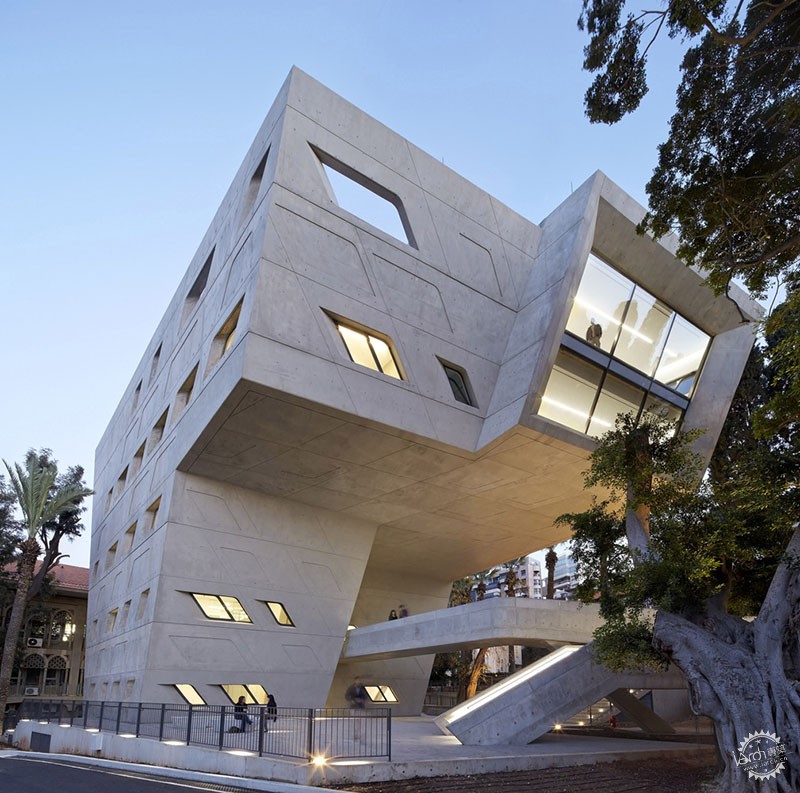
黎巴嫩贝鲁特美国大学IFI学院/Issam Fares Institute – American University of Beirut. © Hufton+Crow
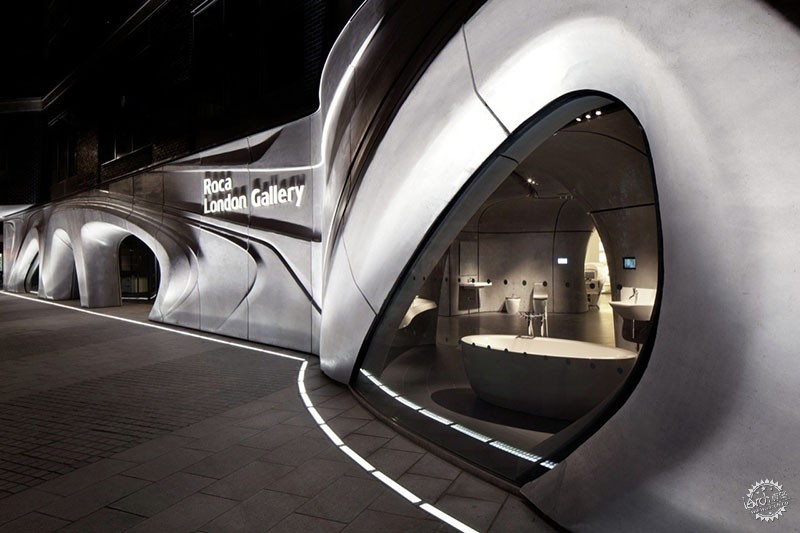
乐家卫浴伦敦展厅/ROCA London Gallery. Courtesy of roca
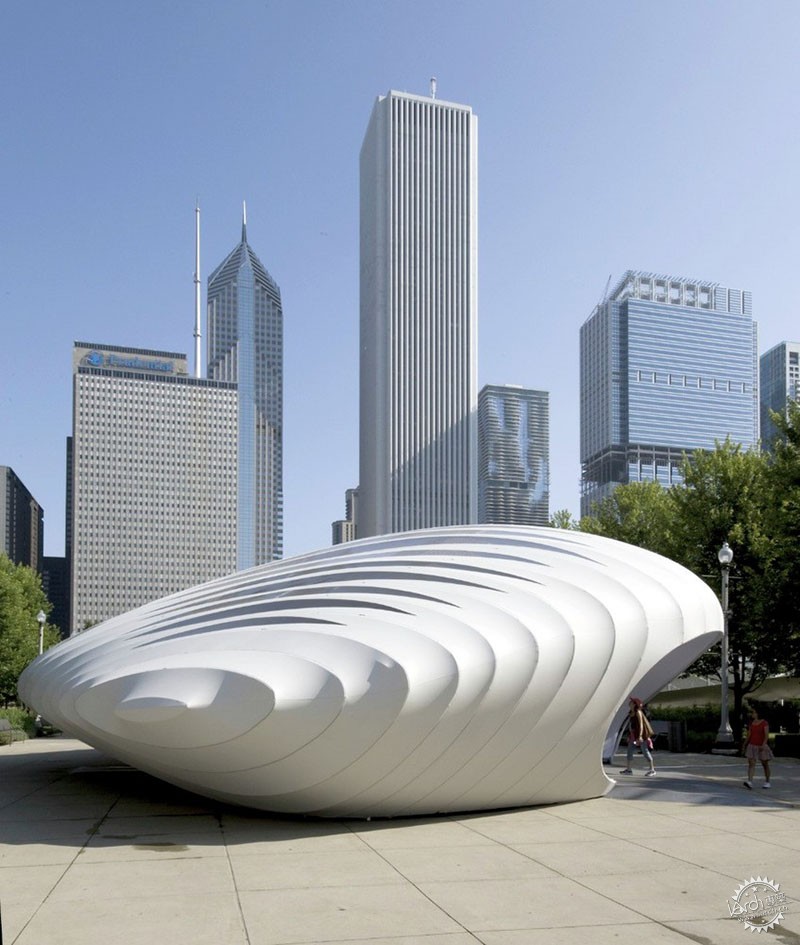
伯纳姆亭/Burnham Pavilion. © Michelle Litvin
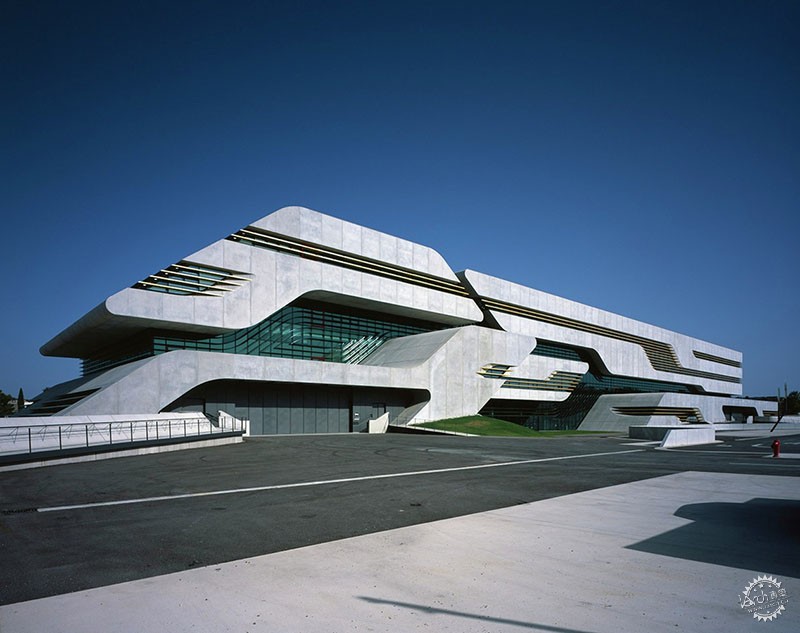
法国蒙彼利埃PierresVives政府大楼/Pierres Vives. © Helene Binet
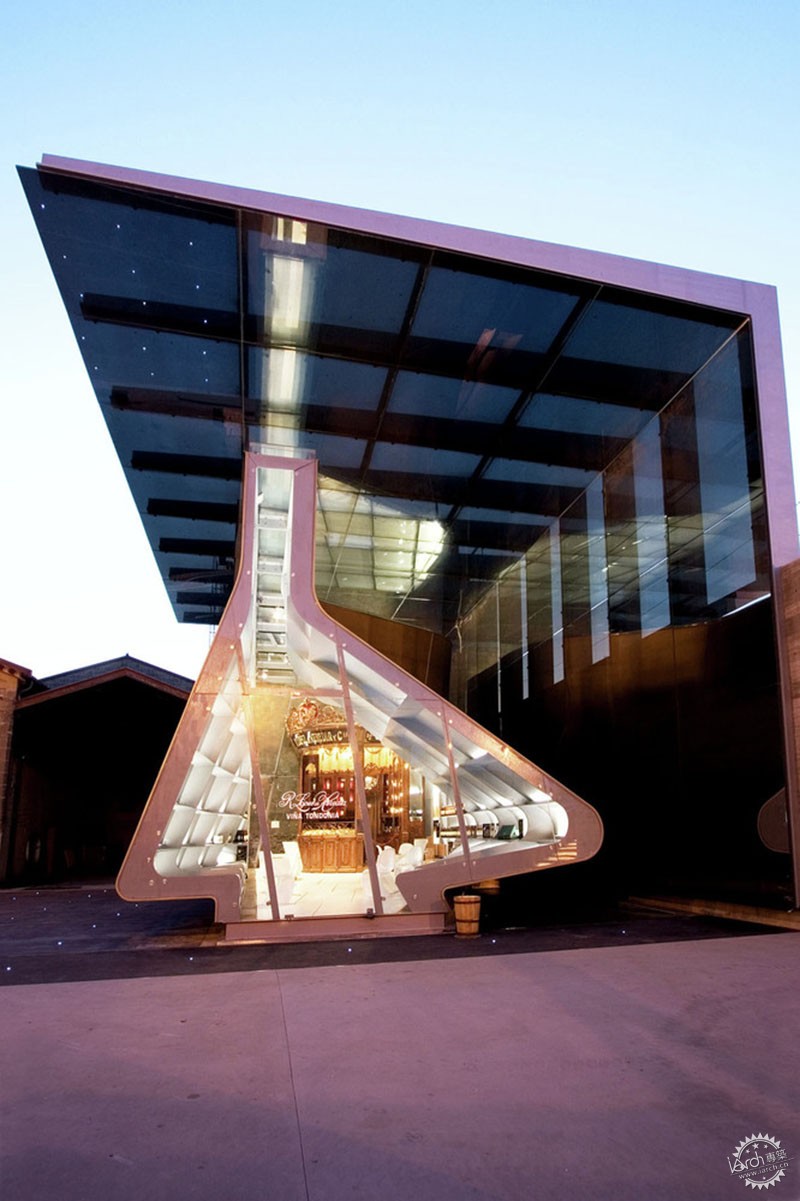
西班牙Tondonia葡萄酿酒厂展览馆/Tondonia Winery Pavilion.
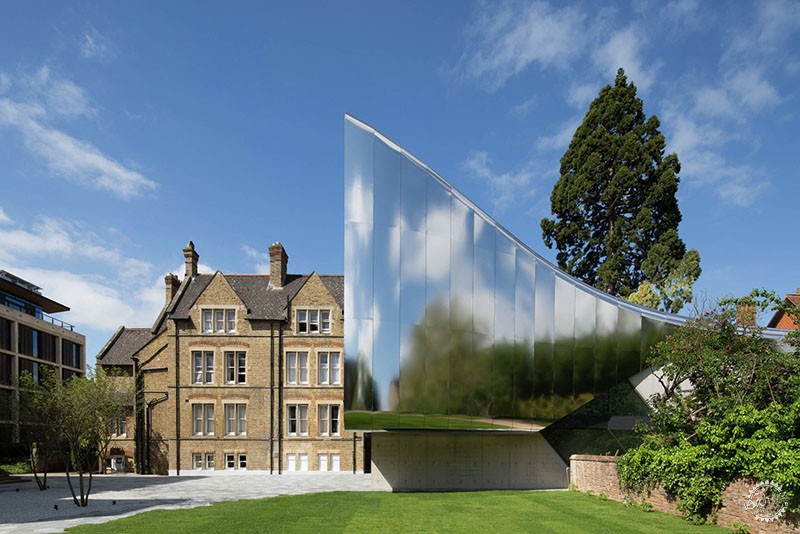
牛津大学圣安东尼学院中东文化中心/The Investcorp Building. © Luke Hayes
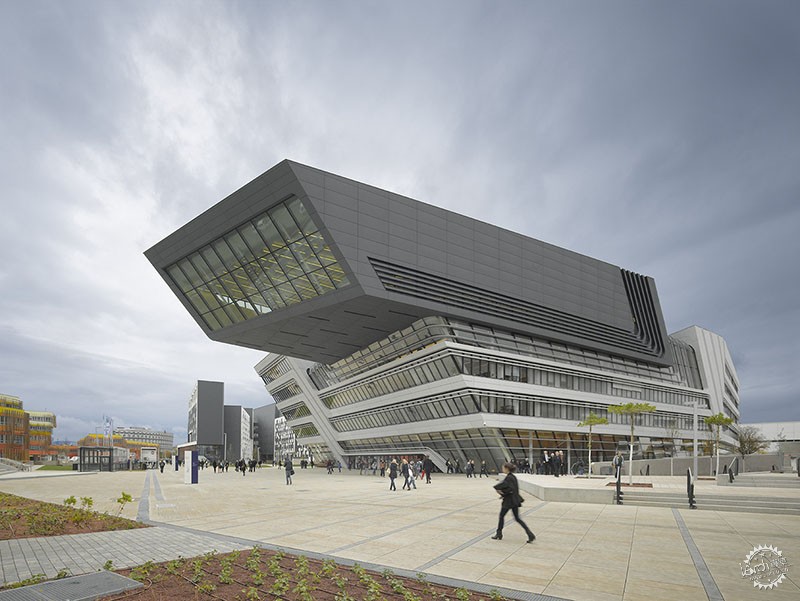
奥地利维也纳经济大学图书馆和学习中心/Library and Learning Centre University of Economics Vienna. © Roland Halbe
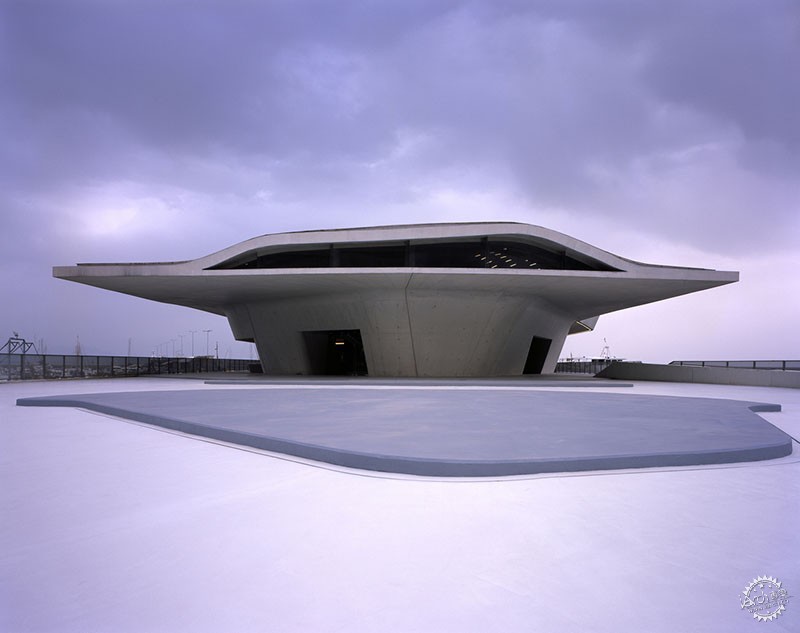
萨勒诺海运码头/Salerno Maritime Terminal. © Hélène Binet
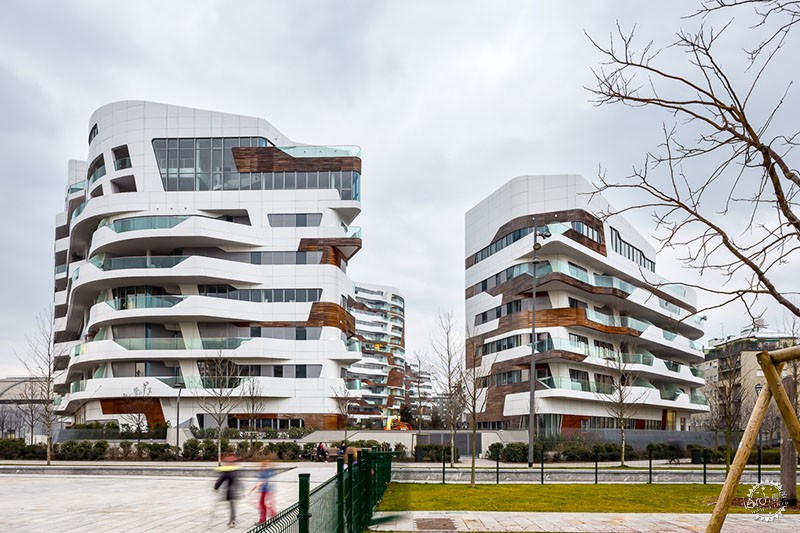
米兰Citylife公寓 /Citylife Apartments. © Simón Garcia
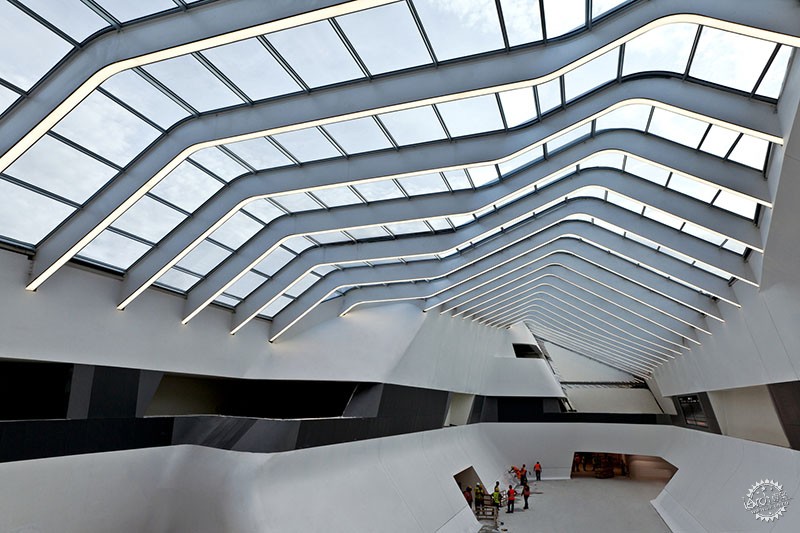
意大利那不勒斯阿夫拉戈拉火车站/Napoli Afragola Station - Phase 1. © Jacopo Splimbergo
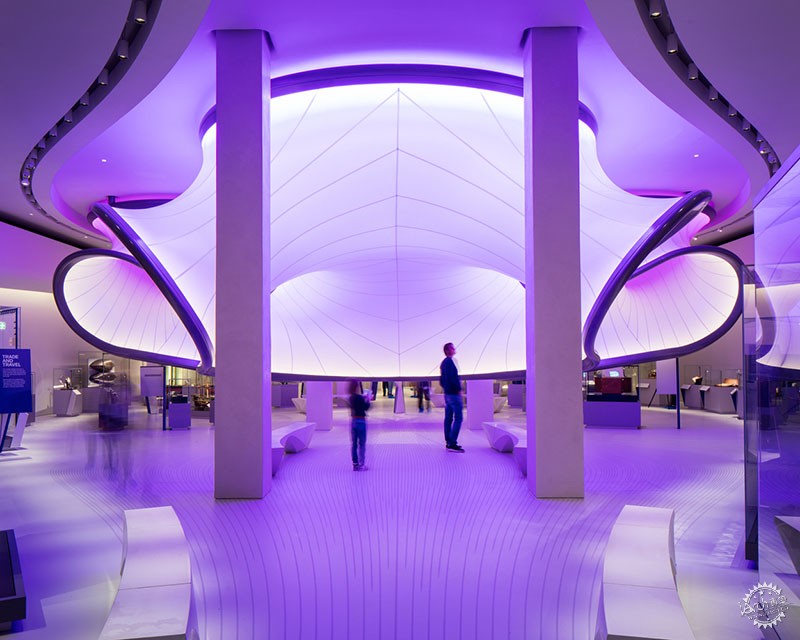
科学博物馆数学展廊/The Winton Gallery. © Luke Hayes
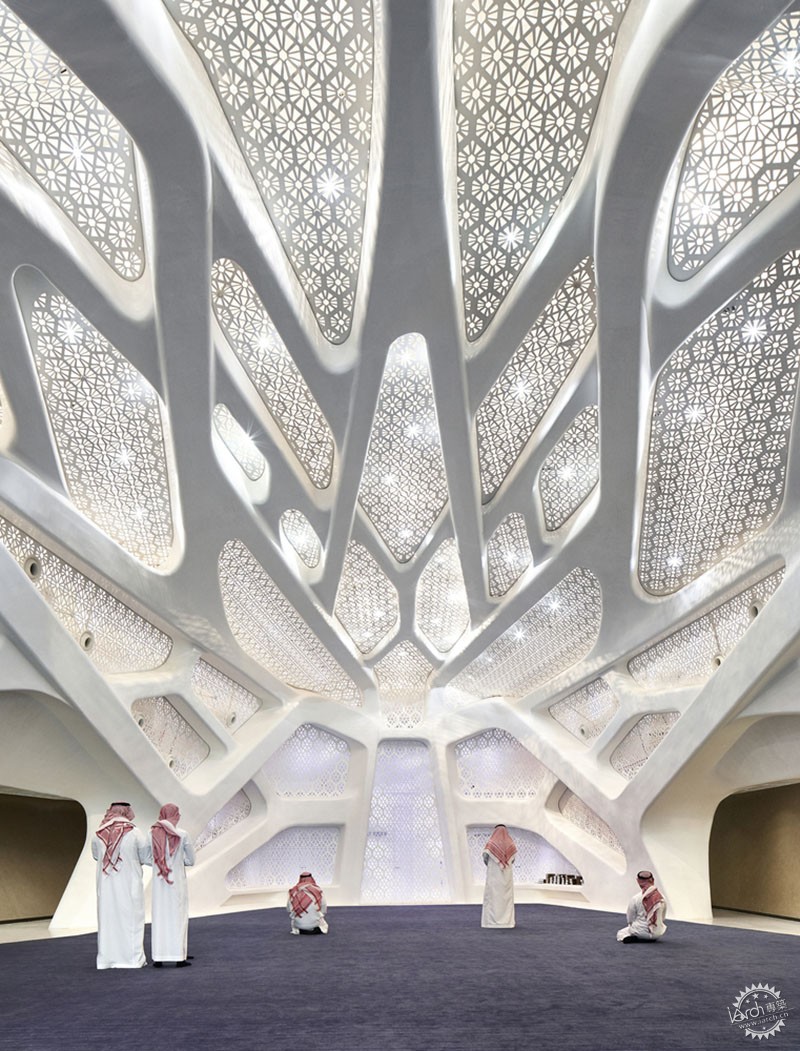
阿卜杜拉国王石油研究中心/King Abdullah Petroleum Studies and Research Centre. © Hufton + Crow
参考:
1、Christina Bohnstengel, "Designing the World," Port Shopping Spree,时间:2015年6月3日
2、2013年BBC纪录片《勇者必胜-扎哈·哈迪德》,策划人:Alan Yentob,导演:Roger Parsons
References:
1、Christina Bohnstengel, "Designing the World," Port Shopping Spree, June 3rd 2015.
2、"Zaha Hadid: Who Dares Wins," presented by Alan Yentob, directed by Roger Parsons (BBC, 2013).
出处:本文译自www.archdaily.com/,转载请注明出处。
|
|
